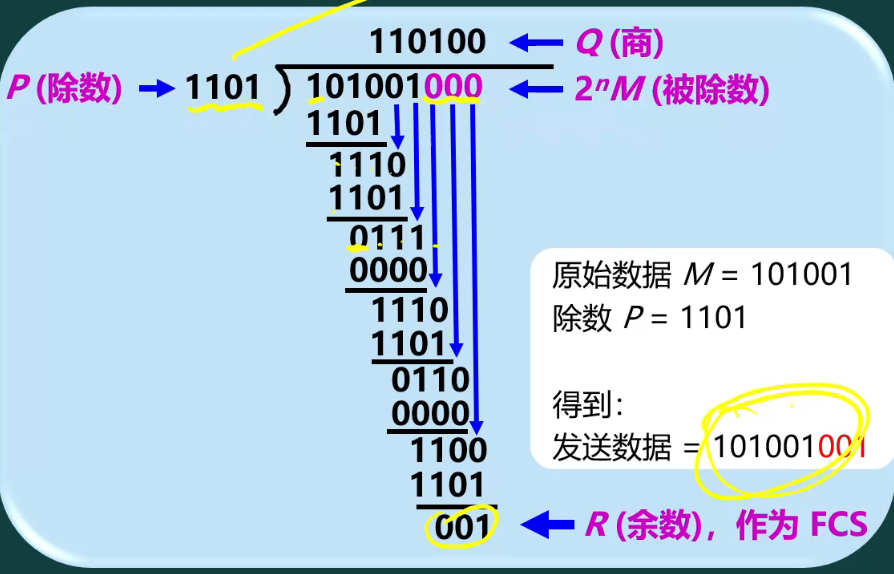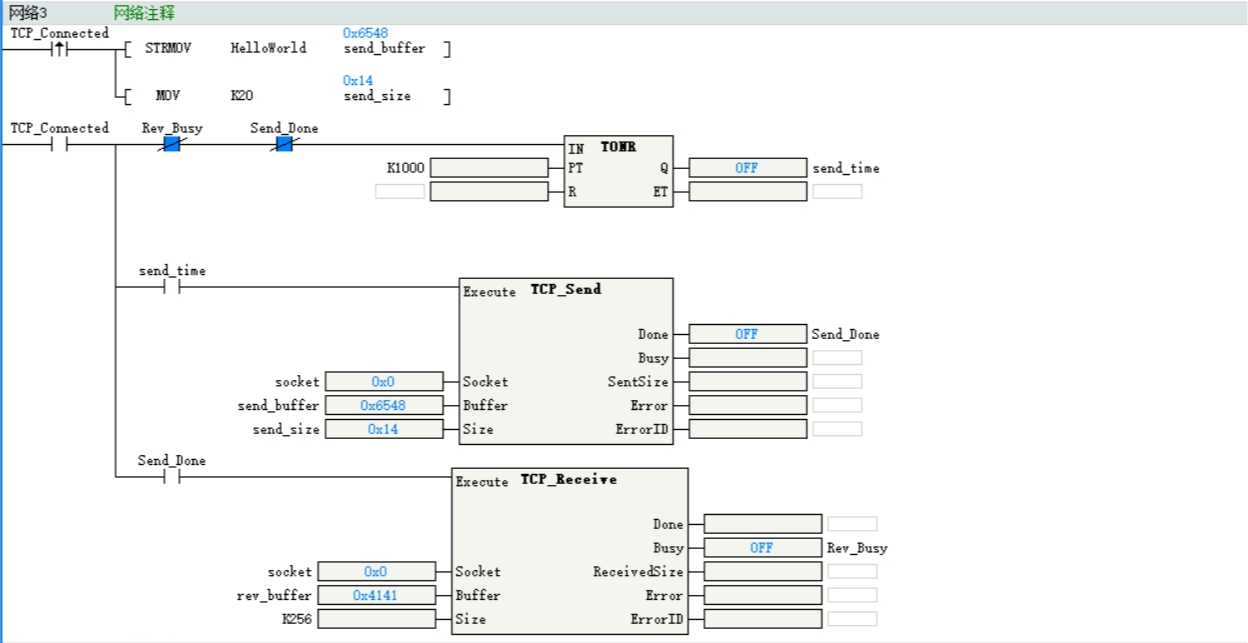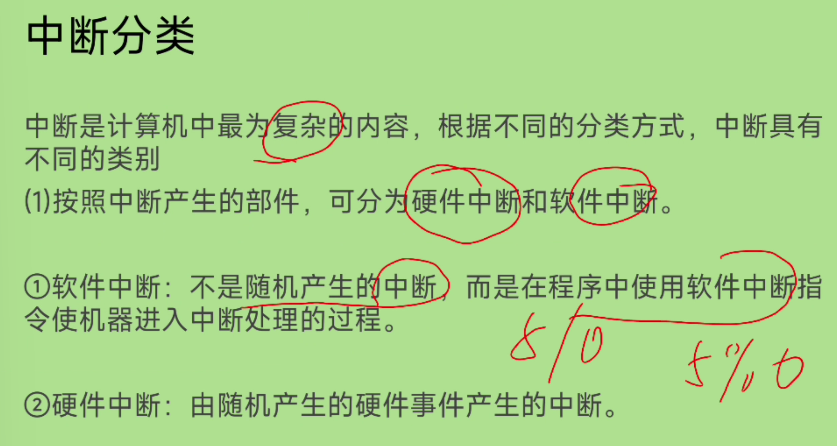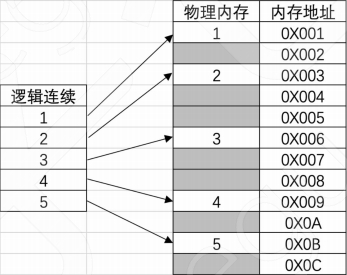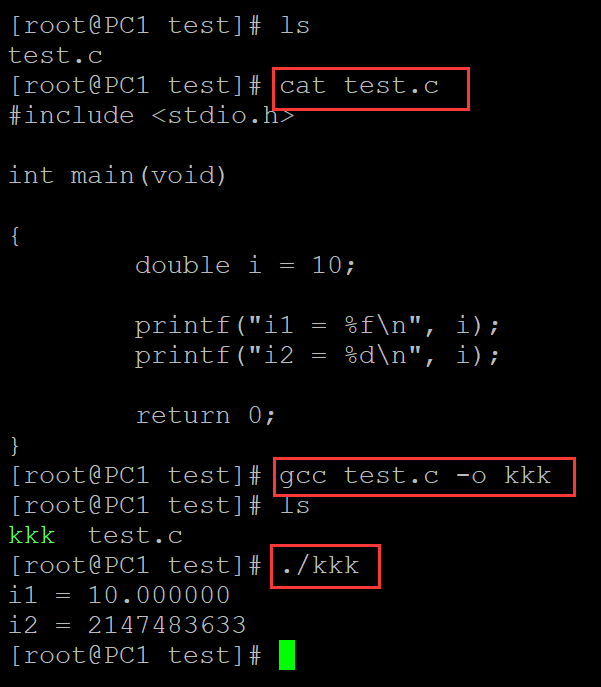《Programming from the Ground Up》学习第5天,p88-p94总结,总计7页。
一、技术总结
1.touppercase.s
#PURPOSE: This program converts an input file
#to an output file with all letters
#converted to uppercase.#PROCESSING:
#(1)Open the input file
#(2)Open the output file
#(3)While we're not at the end of the input file
# (a)read part of file into our memory buffer
# (b)go throught each byte of memory, if the byte is a lower-case letter, convert it to uppercase
# (c)write the memory buffer to output file.section .data#######CONSTANTS########system call numbers.equ SYS_OPEN, 5.equ SYS_WRITE, 4.equ SYS_READ, 3.equ SYS_CLOSE, 6.equ SYS_EXIT, 1#options for open (look at#/usr/incude/asm/fcntl.h for#various values. You can combine them#by adding them or ORing them)#This is discussed at greater length#in "Counting Like a Computer".equ O_RDONLY, 0.equ O_CREAT_WRONLY_TRUNC, 03101#standard file descriptors.equ STDIN, 0.equ STDOUT, 1.equ STDERR, 2#system call interrupt.equ LINUX_SYSCALL, 0X80.equ END_OF_FILE, 0 #This is the return value #of read which means we've#hit the end of the file.equ NUMBER_ARGUMENTS, 2.section .bss#Buffer - This is where the data is loaded into #from the data file and written from #into the output file. This should #never exceed 16000 for various#reasons..equ BUFFER_SIZE, 500.lcomm BUFFER_DATA, BUFFER_SIZE.section .text#STACK POSITIONS.equ ST_SIZE_RESERVE, 8.equ ST_FD_IN, -4.equ ST_FD_OUT, -8.equ ST_ARGC, 0 #Number of arguments.equ ST_ARGV_0, 4 #Name of program.equ ST_ARGV_1, 8 #Input file name.equ ST_ARGV_2, 12 #Output file name.globl _start
_start:###INITIALIZE PROGRAM####save the stack pointermov %rsp, %rbp#Allocate space for our file descriptors#on the stacksub $ST_SIZE_RESERVE, %rspopen_files:
open_fd_in:###OPEN INPUT FILE####open syscallmov $SYS_OPEN, %rax#input filename into %rbxmov ST_ARGV_1(%rbp), %rbx#read-only flagmov $O_RDONLY, %rcx#this doesn’t really matter for readingmov $0666, %rdx#call Linuxint $LINUX_SYSCALLstore_fd_in:#save the given file descriptormov %rax, ST_FD_IN(%rbp)open_fd_out:###OPEN OUTPUT FILE####open the filemov $SYS_OPEN, %rax#output filename into %rbxmov ST_ARGV_2(%rbp), %rbx#flags for writing to the filemov $O_CREAT_WRONLY_TRUNC, %rcx#mode for new file (if it’s created)mov $0666, %rdx#call Linuxint $LINUX_SYSCALLstore_fd_out:#store the file descriptor heremov %rax, ST_FD_OUT(%rbp)###BEGIN MAIN LOOP###
read_loop_begin:###READ IN A BLOCK FROM THE INPUT FILE###mov $SYS_READ, %rax#get the input file descriptormov ST_FD_IN(%rbp), %rbx#the location to read intomov $BUFFER_DATA, %rcx#the size of the buffermov $BUFFER_SIZE, %rdx#Size of buffer read is returned in %raxint $LINUX_SYSCALL###EXIT IF WE’VE REACHED THE END####check for end of file markercmp $END_OF_FILE, %rax#if found or on error, go to the endjle end_loopcontinue_read_loop:###CONVERT THE BLOCK TO UPPER CASE###push $BUFFER_DATA #location of bufferpush %rax #size of the buffercall convert_to_upperpop %rax #get the size backadd $4, %rsp #restore %rsp###WRITE THE BLOCK OUT TO THE OUTPUT FILE####size of the buffermov %rax, %rdxmov $SYS_WRITE, %rax#file to usemov ST_FD_OUT(%rbp), %rbx#location of the buffermov $BUFFER_DATA, %rcxint $LINUX_SYSCALL###CONTINUE THE LOOP###jmp read_loop_beginend_loop:###CLOSE THE FILES#####NOTE - we don’t need to do error checking on these, because error conditions#don’t signify anything special heremov $SYS_CLOSE, %raxmov ST_FD_OUT(%rbp), %rbxint $LINUX_SYSCALLmov $SYS_CLOSE, %raxmov ST_FD_IN(%rbp), %rbxint $LINUX_SYSCALL###EXIT###mov $SYS_EXIT, %raxmov $0, %rbxint $LINUX_SYSCALL#PURPOSE: This function actually does the# conversion to upper case for a block##INPUT:The first parameter is the location#of the block of memory to convert#The second parameter is the length of#that buffer##OUTPUT: This function overwrites the current#buffer with the upper-casified version.###VARIABLES: %rax - beginning of buffer#%rbx - length of buffer#%rdi - current buffer offset#%cl - current byte being examined#(first part of %rcx)####CONSTANTS###The lower boundary of our search.equ LOWERCASE_A, 'a'#The upper boundary of our search.equ LOWERCASE_Z, 'z'#Conversion between upper and lower case.equ UPPER_CONVERSION, 'A' - 'a'###STACK STUFF###.equ ST_BUFFER_LEN, 8 #Length of buffer.equ ST_BUFFER, 12 #actual bufferconvert_to_upper:push %rbpmov %rsp, %rbp###SET UP VARIABLES###mov ST_BUFFER(%rbp), %raxmov ST_BUFFER_LEN(%rbp), %rbxmov $0, %rdi#if a buffer with zero length was given#to us, just leavecmp $0, %rbxje end_convert_loopconvert_loop:#get the current bytemovb (%rax,%rdi,1), %cl#go to the next byte unless it is between#’a’ and ’z’cmpb $LOWERCASE_A, %cljl next_bytecmpb $LOWERCASE_Z, %cljg next_byte#otherwise convert the byte to uppercaseaddb $UPPER_CONVERSION, %cl#and store it backmovb %cl, (%rax,%rdi,1)next_byte:inc %rdi #next bytecmp %rdi, %rbx #continue unless#we’ve reached the#endjne convert_loopend_convert_loop:#no return value, just leavemov %rbp, %rsppop %rbpret按照书上代码敲的,但是没有结果,也不报错,心累,先这样吧。
2.64位计算机上不同寄存器的作用
不同位数计算机上寄存器(register):
r8 = AL AH BL BH CL CH DL DH
r16 = AX BX CX DX BP SP SI DI
r32 = EAX EBX ECX EDX EBP ESP ESI EDI
r64 = RAX RBX RCX RDX RBP RSP RSI RDI R8 R9 R10 R11 R12 R13 R14 R15
个人认为,其实作者应该先把各个寄存器的作用列出来,这样读者才能知道代码里为什么使用这个寄存器,不然自己写的时候根本不知道使用哪个寄存器。寄存器的作用可以搜索《System V Application Binary Interface AMD64 Architecture Processor Supplement》手册(如:https://refspecs.linuxbase.org/elf/x86_64-abi-0.99.pdf),手册里面“Figure 3.4: Register Usage”有介绍。这里把它列出来,方便查看:
| Register | Usage | callee saved |
|---|---|---|
| %rax | temporary register; with variable arguments passes information about the number of vector registers used; 1st return register |
No |
| %rbx | callee-saved register | Yes |
| %rcx | used to pass 4th integer argument to functions | No |
| %rdx | used to pass 3rd argument to functions; 2nd return register | No |
| %rsp | stack pointer | Yes |
| %rbp | callee-saved register; optionally used as frame pointer | Yes |
| %rsi | used to pass 2nd argument to functions | No |
| %rdi | used to pass 1st argument to functions | No |
| %r8 | used to pass 5th argument to functions | No |
| %r9 | used to pass 6th argument to functions | No |
| %r10 | temporary register, used for passing a function’s static chain pointer |
No |
| %r11 | temporary register | No |
| %r12-r14 | callee-saved registers | Yes |
| %r15 | callee-saved register; optionally used as GOT base pointer | Yes |
| %xmm0–%xmm1 | used to pass and return floating point arguments | No |
| %xmm2–%xmm7 | used to pass floating point arguments | No |
| %xmm8–%xmm15 | temporary registers | No |
| %tmm0–%tmm7 | temporary registers | No |
| %mm0–%mm7 | temporary registers | No |
| %k0–%k7 | temporary registers | No |
| %st0,%st1 | temporary registers, used to return long double arguments | No |
| %st2–%st7 | temporary registers | No |
| %fs | thread pointer | Yes |
| mxcsr | SSE2 control and status word | partial |
| x87 SW | x87 status word | No |
| x87 CW | x87 control word | Yes |
| tilecfig | Tile control register | No |
二、英语总结
无。
三、其它
先追求完成,再追求完美,每天看一点。
四、参考资料
1. 编程
(1)Jonathan Bartlett,《Programming From The Ground Up》:https://book.douban.com/subject/1787855/
2. 英语
(1)Etymology Dictionary:https://www.etymonline.com
(2) Cambridge Dictionary:https://dictionary.cambridge.org

欢迎搜索及关注:编程人(a_codists)
